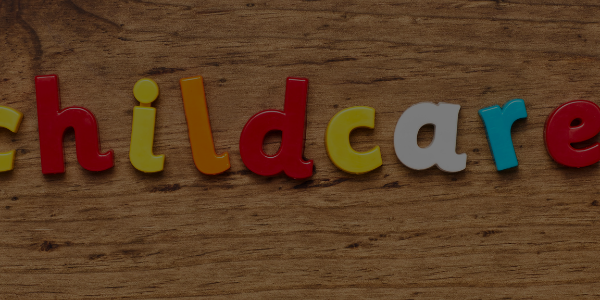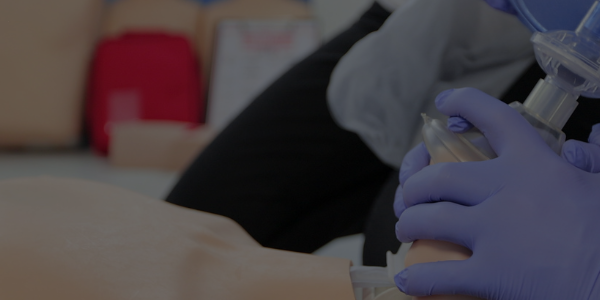Australia boasts an abundance of picturesque hiking trails, making bushwalking a popular pastime for locals and tourists alike. However, ensuring your safety and well-being on these trails is crucial. In this blog post, we’ll share Aaron’s top tips for staying safe and healthy while bushwalking in Australia and discuss the importance of first aid training, like the courses offered by AB First Aid Training..
Plan and prepare
Before embarking on your bushwalking adventure, research the trail you plan to hike, check the weather forecast, and inform someone of your intended route and expected return time2. Make sure you have the appropriate clothing, footwear, and equipment for your hike.
Stay on designated trails
To protect the environment and ensure your safety, stay on designated trails. Venturing off the path can lead to accidents and make it harder for rescuers to find you if necessary.
Carry enough water and food
Ensure you have an adequate supply of water and food for the duration of your hike. Staying hydrated and well-nourished is essential for maintaining your energy levels and preventing heat exhaustion
Know your limits
Be aware of your physical limitations and choose a trail that matches your fitness level. Don’t push yourself too hard, and take breaks when needed
Be prepared for emergencies
Accidents can happen, so it’s crucial to know basic first aid techniques and carry a well-stocked first aid kit. First aid training, like the courses offered by AB First Aid Training, can equip you with the skills needed to handle emergencies in the wilderness
Be aware of wildlife
Australia is home to many unique and potentially dangerous animals. Familiarize yourself with the local wildlife and know how to react if you encounter snakes, spiders, or other potentially harmful creatures
By following Aaron’s tips for bushwalking safety, you can enjoy Australia’s hiking trails while minimizing risks. First aid training is a vital component in preparing for emergencies, and booking a course with AB First Aid Training can help you become better equipped. Visit www.abfirstaid.com.au or call 03 8364 8984 to book your first aid course today.
Have you experienced any challenging situations while bushwalking in Australia? How confident are you in your first aid skills in the wilderness? Share your thoughts in the comments below.
Please note that regular First Aid and CPR Training is the best way to make sure that you’re prepare in the case of an emergency. Book a course with us
Footnotes and Sources:
- AB First Aid Training. (n.d.). AB First Aid Training Courses. Retrieved from https://www.abfirstaid.com.au ↩ ↩2 ↩3
- Parks Victoria. (n.d.). Hiking and bushwalking. Retrieved from https://www.parks.vic.gov.au/get-into-nature/safety-in-nature/hiking-and-bushwalking ↩
- Australian Government. (2018). Bushwalking Safety. Retrieved from https://australia.gov.au/content/bushwalking-safety ↩
- Better Health Channel. (2018). Bushwalking (hiking) – staying safe. Retrieved from https://www.betterhealth.vic.gov.au/health/healthyliving/bushwalking-hiking-staying-safe ↩
- Australian Geographic. (2015). How to avoid a snake bite. Retrieved from https://www.australiangeographic.com.au/topics/wildlife/2015/11/how-to-avoid-a-snake-bite/ ↩





